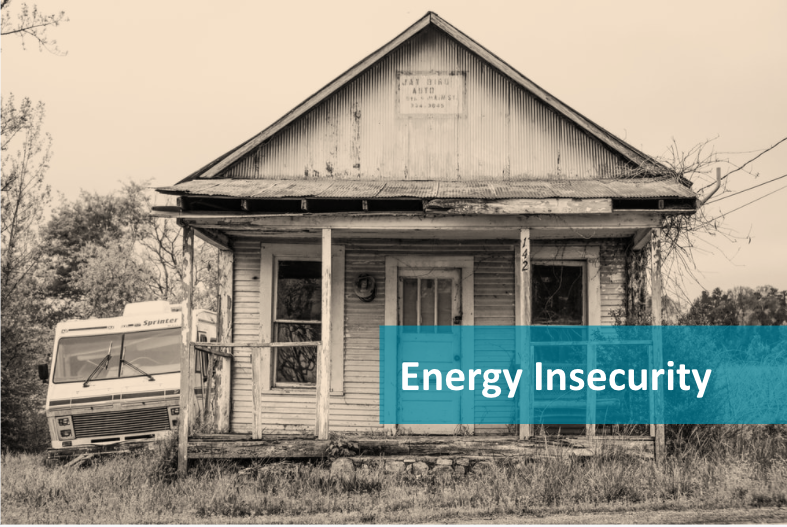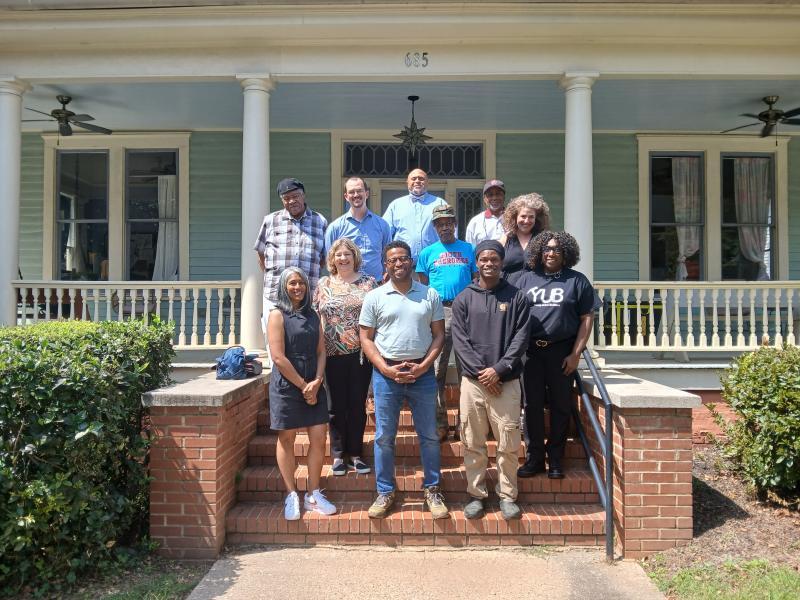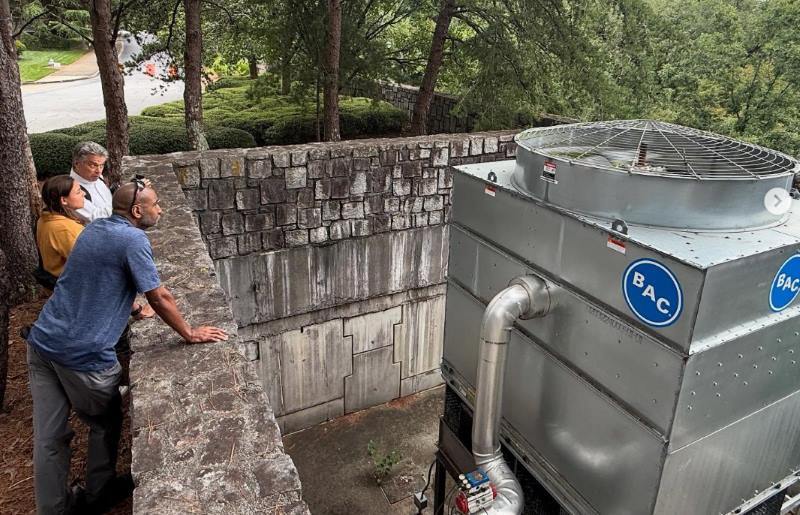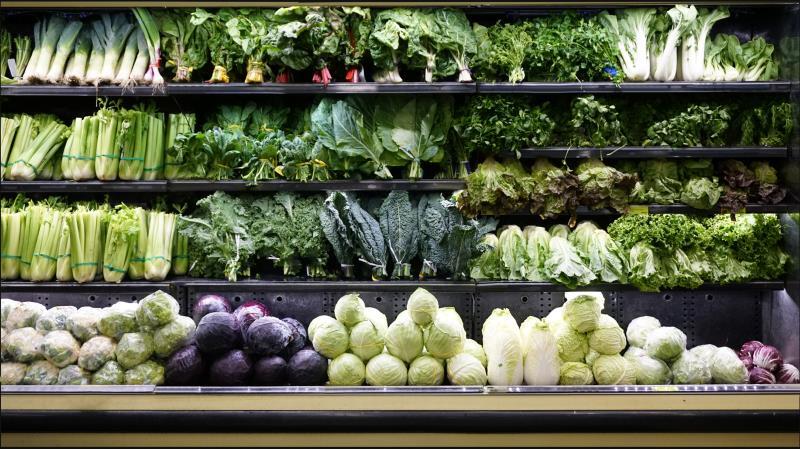Commercial and residential buildings are responsible for about 30% of Georgia’s greenhouse gas emissions. Most of these emissions come from the electricity and natural gas used for heating, ventilation, and cooling (HVAC), water heating, lighting, and to power appliances and electronic devices. Retrofitting existing buildings to make them more efficient has tremendous potential to accelerate our progress towards the Drawdown Georgia goal of cutting emissions by over a third by 2030.
According to the 2017 American Housing Survey, Georgia has an estimated 4.2 million homes, with 2.8 million of these being single-family detached residential units. Just a few examples of the way these homes could be retrofitted to improve energy efficiency include:
- Improving insulation and air sealing
- Replacing conventional light bulbs with LED lighting
- Replacing conventional HVAC systems and gas- and oil-fired furnaces with high-efficiency heat pumps
- Installing water-saving devices such as low-flow fixtures and efficient appliances
- Replacing conventional thermostats with smart thermostats
>> Take action: How to Make Your Georgia Home Energy Efficient toolkit
At the Drawdown Georgia launch in October 2020, Mandy Mahoney and Maggie Kelley of the Southeast Energy Efficiency Alliance (SEEA) joined Drawdown Georgia in a conversation about energy efficiency and equity. SEEA promotes energy efficiency as a catalyst for economic growth, workforce development, and energy security across 11 southeastern states.
During their presentation - you can view highlights in the video above - Mahoney and Kelley explain the connection between energy efficiency and racial justice, outlining the disproportionate burden that communities of color often face from energy bills as a percentage of household income. They argue for equal access to homes that are are of quality construction, have good indoor air quality, and that consume less electricity, noting that SEEA uses their work in this area “to atone for the racism that has gone on in this region and actively work in an anti-racist manner in our sector.”
Check out the video above, and visit our website to learn more about climate solutions in the Buildings & Materials sector.









